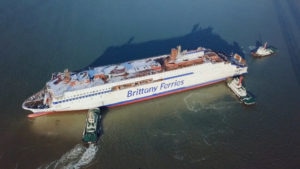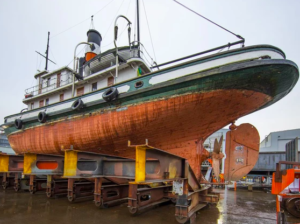Pride of Canterbury ready for work as Pride of Burgundy moors in Cornish river
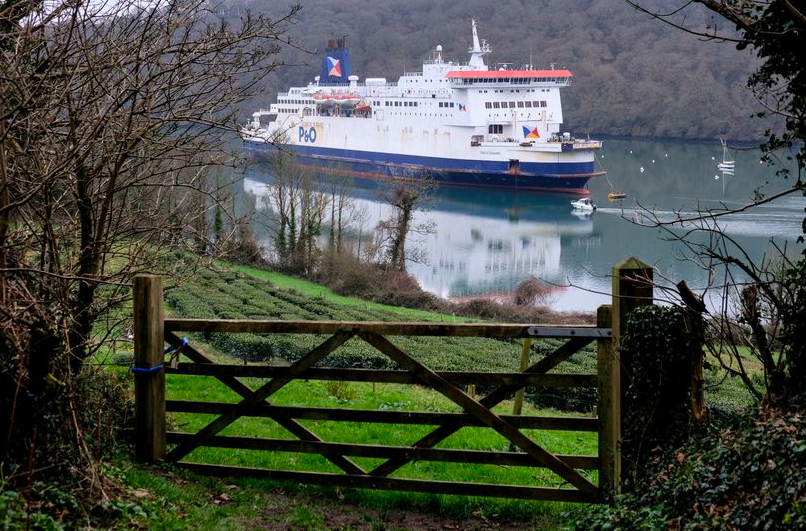
A team of Damen group subsidiaries has completed a challenging project to replace one of the twin rudder stocks on P&O Ferries’ Pride of Canterbury. This comes as the P&O Pride of Burgundy is moored up on the River Fal near Truro after being taken out of service due to a drop in demand during the Covid-19 pandemic.
The P&O Pride of Burgundy operated a service on the Dover to Calais route for 27 years, but with a lack of demand due to travel restrictions during the pandemic, the 589ft ferry was taken out of service and moved to the Port of Leith in Scotland on May 3rd, 2020, says Cornwall Live.
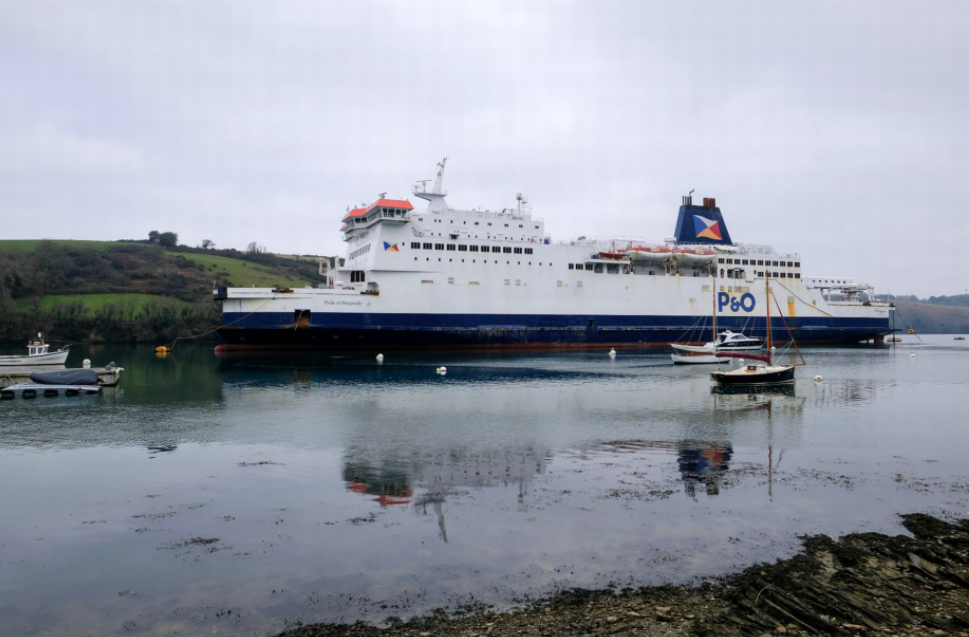
Then, at the beginning of December last year, the Pride of Burgundy was brought to the River Fal, near Truro, where she remains, facing an uncertain future following reports that P&O Ferries have confirmed to staff that they do not intend to return the ferry to service, says Cornwall Live.
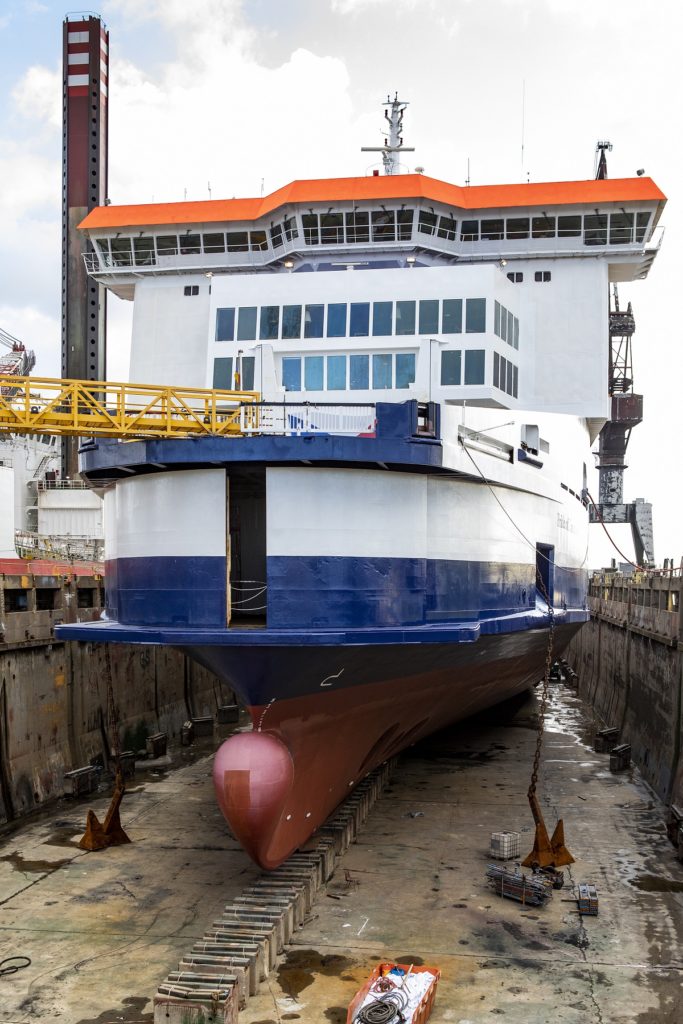
The 180-metre, 30,635 GT RoPax Pride of Canterbury operates on the Dover-Calais crossing, the busiest shipping lane in the world. The nearly 30-year old vessel is equipped with twin Van der Velden BARKE rudder systems engineered and made by Damen Marine Components (DMC). Replacing the stock on the starboard rudder enables the ferry to extend its already long life in such a demanding role.
The works began with the removal of the rudder and its stock taking placing in Damen Verolme Rotterdam’s (DVR) no. 5 drydock. The rudder together with its worn stock was then transported by road to nearby Damen Shiprepair Rotterdam (DSR) where it was disassembled and the parts cleaned. Meanwhile, DMC had designed and supplied the new rudder stock and delivered it also to DSR, ahead of installation.
The most technically exacting part of the project was the fitting of the new stock to the rudder. This had to be done to the finest tolerances using techniques including bluefit to ensure optimal performance, and it had its risks. Any errors in the machining that affected the positioning and finish, and the stock would have to be discarded and refabricated, with a high cost in time and money.
With the new rudder stock fitted to the correct values, the blade was hung vertically and the new stock inserted to confirm that it fitted. The two parts were then transported to DVR and mounted in the vessel where the gap between the rudder stock and blade was measured and determined to be exactly as specified. Finally, the rudder and steering gear were then prepared for operations and a swing-test was performed to confirm that everything worked perfectly.

Explore more images from Greg Martin / Cornwall Live.


